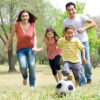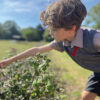by Katie Gowers Watts
‘Diary of a Warent’ blogger
When maternity leave ends, returning to work is an emotional tug-of-war.
 Mining for diamonds
Mining for diamonds
As maternity leave draws to a close, I find myself emotionally lost, once again. In so many ways I’m looking forward to the return of my professional self, excitedly daydreaming about super-stardom and frankly, ‘being a somebody’. But on the other hand, it hurts.
We’re all familiar with the autopilot words of independent women, the world over. “I’m so ready to get back to work” and “Bring on adult conversations at last”. As for me, my grit and determination shine brightly, but hidden in the shadows of my ambition, is an undeniable anxiety.
Parenting is like mining for diamonds. On average, you need to move 250 tons of earth to find a single carat of diamond. But when you do, you have something indestructibly beautiful. Raising children, through blood, sweat and tears, you’ll deal with 250 tons of sh*t (literal and metaphorical) but the beauty you unearth is like nothing else. It’s invaluable.
It’ll be over when it’s over
Firstly, when this ‘baby phase’ is over, I know I’ll miss it for all time. It’s why almost every parent in the history of parenting says, “They grow up too fast” and “Cherish every moment”.
Secondly, my husband and I are unlikely to have any more children. And so, when maternity leave ends this time around, it ends forever. I’ve been silently dreading it for months.
I doubt that we can ever have too many diamonds, but we can definitely run out of energy and time for another 250 ton dig.
Run for it
Thirdly, whilst I have thankfully rediscovered my sense of self (which can elude you for a while after having a baby), I’m worried that other people’s perceptions of me may have changed. Like ‘buggering off to have a baby’ makes me seem professionally incompetent.
In the early years of senior school, I was roped into running the 800m race on sports day and you had better believe I wanted to win. On the day, with my friends and school-house cheering me on from the sidelines, I ran like the wind – until the last 100m. I realised that my friends, my confidence in human form, were together, united in the crowd – and I was out on the track, all alone. I felt exposed and vulnerable. I buckled and deliberately dropped from 1st to 4th place, afraid to take the podium alone.
Almost 30 years later, going back to work carries a similar irrationality. I want to win, so badly! But my team, my confidence in human form, is now the family I have created at home. And I find myself back at the start line, feeling exposed and vulnerable once again.
Warenting is a competitive sport
Put your hand up if you’ve ever encountered one of those delightful people who brag about giving birth ‘naturally’, probably without pain relief, in a bid to out-birth others? To ‘win’ at giving birth. A fine example of how unanimously irritating one-upmanship can be. Let’s keep it real – if you have given birth, then your body either (painfully) contracted and stretched in ways that don’t seem humanly possible, was (painfully) torn apart from the inside out, or was (painfully) sliced open and stitched back together again. As my midwife once told me, “There is no easy way to get a baby out”. So, however you did it, ‘fist bump’ to you.
Dads, you are credited with 0.011% of the workload. Thanks for your help. (little in-joke there for my husband!)
Warenting is a competitive sport. I have known plenty of women throughout the course of my career, who proudly flaunt the brevity of their maternity leave. They wear it like a medal of honour. “Oh, I only took (*insert short amount of time) off work. I couldn’t wait to get back to the grind” and, “I was responding to work emails from my hospital bed, like 10 seconds after giving birth”. If that’s you, then good for you, I get it. But it’s not me.
Emotional dumbbells
Why do we view physical pain as strength, yet emotional pain as weakness? Since our struggles are such a heavy weight to bear, perhaps we could think of them as emotional dumbbells. The more we lift, the stronger we become.
So, yes I want a badass career, but no, I don’t want to leave my kids. Yes, I want professional success in abundance, but no, I don’t want to sacrifice meaningful parenting moments. Yes, I want to stretch my maternity leave for a while longer, but no, I haven’t lost my ambition.
What I want to say, to shout even, is, “I don’t want to be at work instead of being with my baby. But also, I do want to be at work, absolutely bossing it”.
It’s OK not to be OK
Some of us are wrongly programmed to feel as though admission of our struggles is an admission of guilt. Like it’s telling people we’re not strong enough, not good enough. And as we all know, there’s only one solution…
I’ve turned it off and back on again, and instead of pretending that I don’t give a hoot about something I find painful at times, I’m acknowledging it.
Because as a mother, it is my right to feel this way. And it’ll be OK. Because it’s OK not to be OK.
You can read the full version of It’s OK not to be OK’ and additional ‘warenting’ blogs
written by Katie, at www.diaryofawarent.com


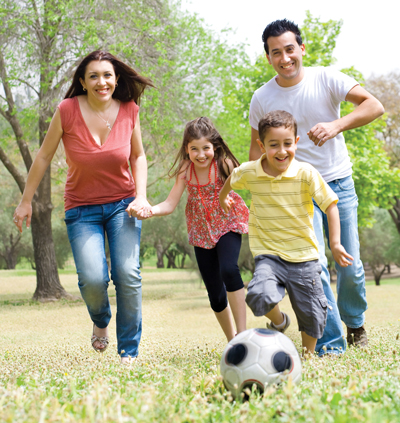
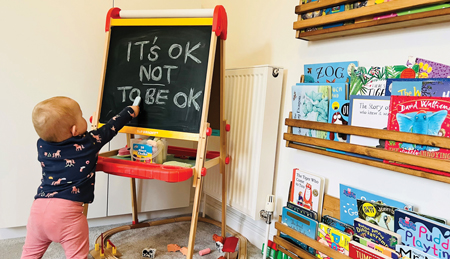
 Mining for diamonds
Mining for diamonds




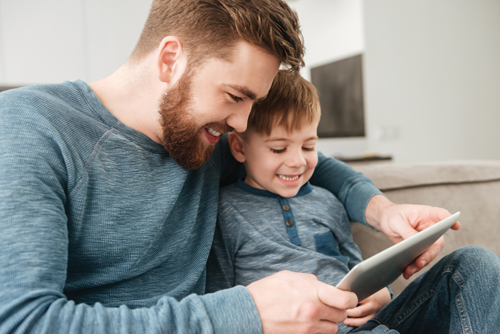
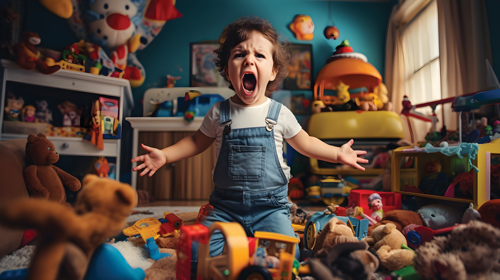
 isten when their siblings say no to them entering their room. Emphasising that we also want to respect other people’s boundaries and giving them the language around boundaries is also really helpful. A boundary might not always sound like the word “no”, it can be “That doesn’t work for me”, or “I don’t like the sound of that,” and when you understand that this is someone conveying their boundaries, not only do they have phrases to listen out for but they have the same phrases they can use themselves.
isten when their siblings say no to them entering their room. Emphasising that we also want to respect other people’s boundaries and giving them the language around boundaries is also really helpful. A boundary might not always sound like the word “no”, it can be “That doesn’t work for me”, or “I don’t like the sound of that,” and when you understand that this is someone conveying their boundaries, not only do they have phrases to listen out for but they have the same phrases they can use themselves.

